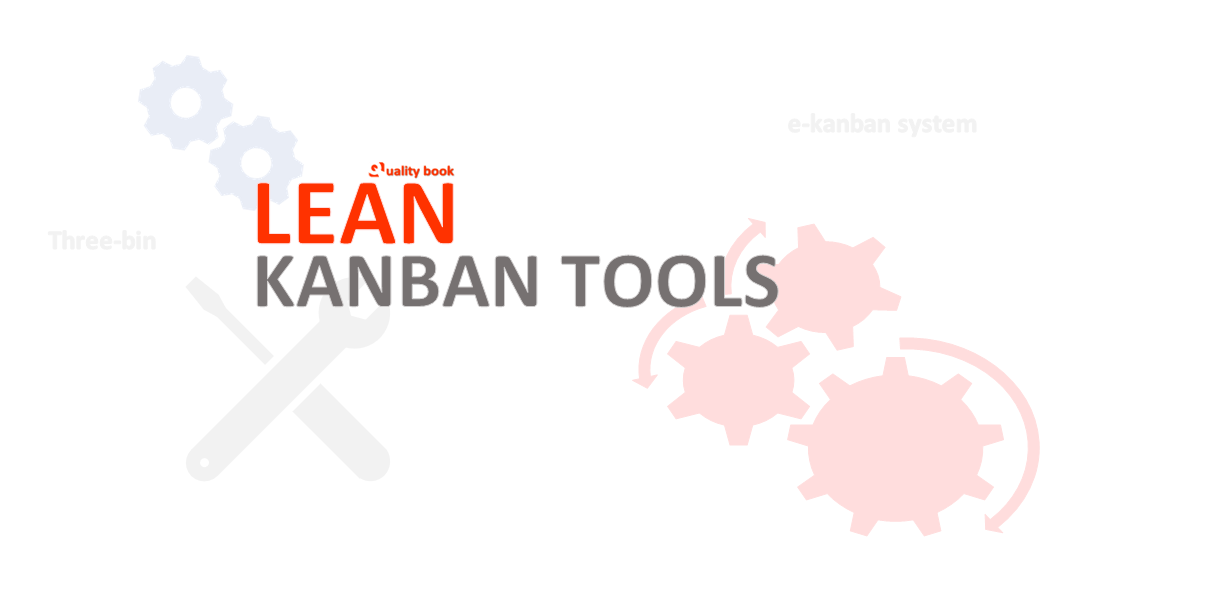Kanban tools are a relative concept to JIT (just-in-time) and Lean production. It literally means ‘billboard’ or ‘signboard’. Taiichi Ohno found out that kanban can be used as a means to achieve JIT.
Kanban refers to an embellished metal or wooden sign, which are being used as trademarks and seals since the 17th century. These are masterpieces of logo design produced within rigid restrictions. For example, a pharmacy may use sumo wrestlers as kanban on their sign for advertising a product for curing anemia.
Some Basics
Kanban tools is basically a signal system for triggering action. It primarily uses cards for signalling an item’s need. There are other types of devices such as plastic balls (like golf balls) or markers (kanban squares), floor location, and empty part-transport trolley. Which could also be employ for triggering the production, supply, or movement in a factory’s unit.
Toyota was the first company to employ the Kanban system. Which proved not only an efficient tool for production system, but also for promoting excellent improvements. Problem areas were highlighted by reducing the Kanban number in use. Toyota researched supermarkets in 1940s and found that only what is required could be bought and sold, in the necessary quantities. So, Toyota applied this concept to its earlier processes.
Approach
A process moves to their store for its required components, which replenishes them. Kanban controls this replenishment rate and gives permission for production. This logic was applied in Toyota’s main machine plant shop in 1953.
Kanban’s approach to production scheduling is based on receipt of ‘pull’ from demand. So, production, or supply, is tailored to suit customers’ demands. Kanban is employed as signal of demand that propagates immediately across supply chain.
When there has been a delay in supply and consequent loss in sales, then by issuing more kanban, stock building could be achieved. In Taiichi Ohno’s view, kanban should follow strictly the rules of usage for its efficacy, and these rules must be closely monitored throughout.
Simple Rules
Toyota has its own six simple rules, which are outlined below:
- Defective products should not be sent to subsequent process.
- The subsequent process can take only the needed quantity.
- The exact quantity that is withdrawn by subsequent process should only be produced.
- Production should be equalized.
- Kanban is used as a tool for fine tuning.
- The process should be stabilized and rationalized.
LEAN: Kanban Tool ‘Implementation Example

A good example of implementation of kanban system is the ‘three-bin’ system for parts supplied (it is assumed no in-house manufacturing is available). In this system, there is a bin in the factory floor (demand point), one bin at the factory store, and another bin in the suppliers’ store. These bins contain the kanban card which is removable and containing product details and other information.
Kanban Cards
When a demand is faced for parts, the factory floor bin gets empty, which is returned to factory store along with its kanban cards in exchange for full bin and kanban cards. The factory store then presents its empty bin and kanban cards to the suppliers’ store and gets full bin with kanban cards in turn. This completes the system, which is like a loop.
This system ensures that only the exact needed amount is provided, with just one spare to regulate the supply, with room for uncertainty in supply and transport. It also ensures the process never runs out of product. You have to calculate the number of kanban cards needed for every product, in order to implement a good kanban system. In this system, the colored board system is used for holding kanban cards.
E-Kanban System
Nowadays, many manufacturing organizations have switch over to E-Kanban systems. Which have eliminates errors in manual entry, loss of cards, and similar problems.
E-Kanban systems can also be integrated into ERP (Enterprise Resource Planning) systems, which enable real-time demand signals across supply chains and clear view of the processes. The data gathered can be utilized for optimization of inventory levels through enhanced tracking of replenishment times and supplier lead.